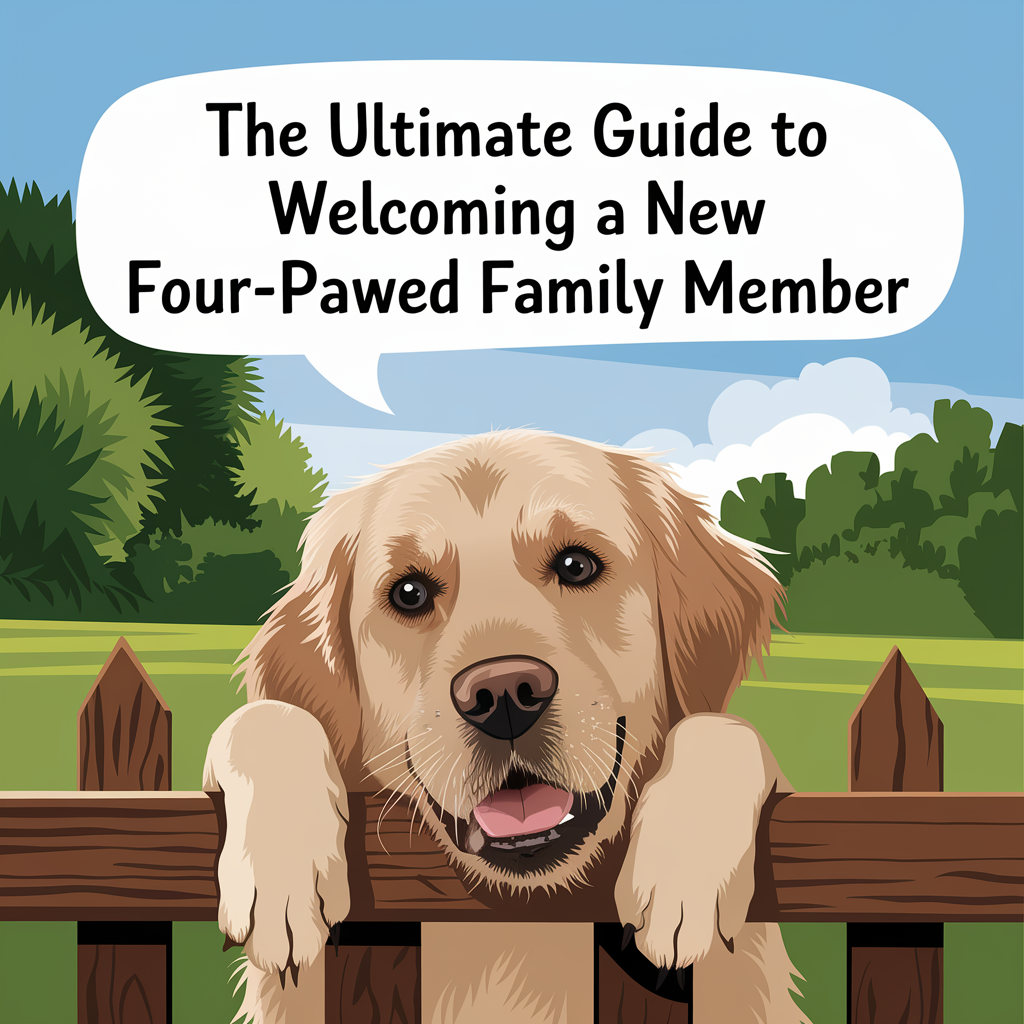
In the lush jungles of our living rooms, where the wild ferns roam and the majestic spider plants hang, there exists a delicate balance between our love for greenery and the well-being of our furry family members. For pet lovers with a green thumb, the quest to fill our homes with vibrant plants often comes with a crucial caveat: ensuring our botanical choices are safe for our four-legged friends. After all, our pets have a curious nature, often leading them to nibble on leaves and stems, turning our urban oasis into a potential hazard zone.
But fear not, fellow plant enthusiasts and pet parents! Creating a pet-safe paradise filled with lush, non-toxic foliage is not only possible but also incredibly rewarding. It’s about more than just aesthetics; it’s about cultivating a shared living space where both plants and pets can thrive, bringing tranquility, beauty, and a breath of fresh air into our homes.
So, whether you’re a seasoned horticulturist or someone who’s just beginning to explore the world of indoor gardening, join us as we embark on a verdant journey through “Green & Safe: 10 Must-Have Plants for Pet Lovers’ Homes.” Together, we’ll discover how to harmonize our love for plants with our commitment to our pets’ safety, ensuring our leafy friends enhance our homes without endangering our beloved pets. Let’s turn those green dreams into a pet-friendly reality, one plant at a time.
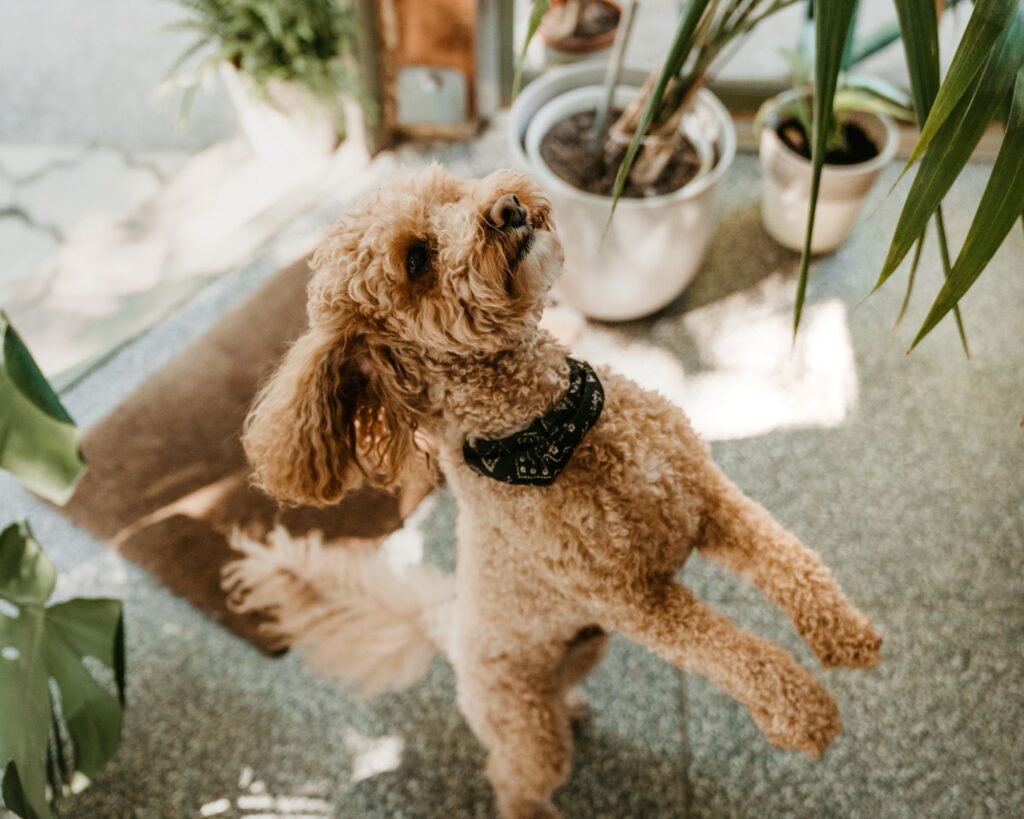
What Makes a Plant Safe for Pets?
Diving into the world of houseplants, one might wonder, “What exactly makes a plant safe for our furry companions?” Understanding this is key to cultivating a harmonious living space that’s both verdant and pet-friendly. A plant is deemed safe for pets when it doesn’t contain any toxins or chemicals that could harm them if ingested or touched. While our pets might not set out to have a salad, their curious nature often leads them to chew on whatever greenery they can find, making it crucial to choose plants that won’t pose a risk to their health.
The distinction between safe and unsafe plants lies in their chemical makeup. Some plants contain substances that can cause anything from mild irritation to severe health issues in pets. Symptoms can range from drooling, vomiting, and diarrhea to more severe reactions like difficulty breathing or changes in heart rate, depending on the toxicity level of the plant and the amount ingested.
But how can you ensure the plants you bring into your home are safe? Start by familiarizing yourself with lists of non-toxic plants provided by reputable sources such as the ASPCA. Additionally, when shopping for plants, it’s wise to have a list of safe options on hand or to consult with the staff at your local nursery, who can guide you towards making pet-friendly choices.
Remember, the goal isn’t to limit your indoor garden but to curate it thoughtfully, ensuring that every leaf and petal adds beauty to your home without compromising the safety of your beloved pets. By choosing plants that are known to be non-toxic to both cats and dogs, you can create a lush indoor oasis that is truly a safe haven for all members of your family.
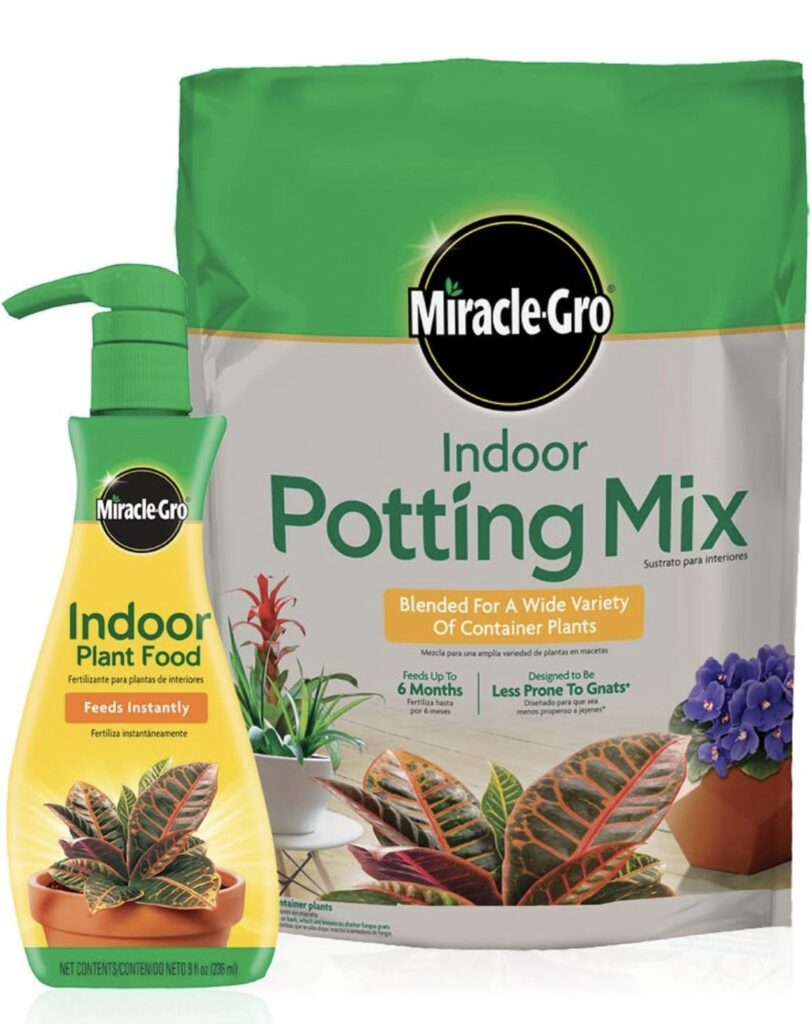
How Can You Ensure Your Greenery is Pet-Friendly?
Ensuring your greenery is pet-friendly begins with a bit of research and a commitment to making informed choices. Creating a pet-safe plant haven in your home doesn’t have to mean compromising on variety or beauty. Here are some steps to help you cultivate a space that’s both aesthetically pleasing and safe for your furry family members:
1. Verify Before You Buy: Before introducing a new plant into your home, take a moment to verify its safety. The ASPCA’s website offers a comprehensive list of plants that are non-toxic to cats and dogs. Bookmarking this list on your phone or having it handy when shopping can save you a lot of worry down the line.
2. Opt for Pet-Safe Products: When caring for your plants, it’s crucial to use products that are safe for pets. The Miracle-Gro Indoor Potting Mix and Plant Food Bundle is an excellent choice for growing and fertilizing houseplants without exposing your pets to harmful chemicals. This bundle is designed with indoor plant care in mind, ensuring that your green oasis flourishes safely under your roof.
3. Choose the Right Planters: Believe it or not, the planter you choose can also impact your pet’s safety. Opting for sturdy, stable planters like the Kante 21.7″ H Weathered Concrete Tall Planter can prevent curious pets from knocking over your plants, potentially ingesting soil or plant matter. Plus, its modern design adds a touch of elegance to your home décor.
4. Get Creative with Placement: While ensuring plants are non-toxic is crucial, sometimes keeping them out of reach is the best way to avoid any temptation for your pets. Utilize shelves, hanging planters, or even a dedicated plant room to keep your green friends safely displayed away from curious paws and noses.
5. Educate Yourself and Your Family: Make sure everyone in your household knows which plants are safe and which are off-limits. Educating yourself and your family members on the signs of plant toxicity in pets can also ensure you’re prepared to act quickly if an incident occurs.
By following these steps, you can confidently build your indoor garden, knowing it’s a safe and enriching environment for every member of your family, furry ones included. Creating a pet-friendly green space not only brings the beauty of nature indoors but also ensures that your pets can explore and enjoy your home without risk, making your living space a true sanctuary for all.

Top 10 Pet-Safe Houseplants for Your Home
Creating a lush, pet-friendly indoor oasis is entirely possible with the right selection of greenery. Here’s a curated list of the top 10 houseplants that are safe for both cats and dogs, ensuring you can enjoy the tranquility and air-purifying benefits of indoor plants without risking the health of your furry friends:
- Spider Plant (Chlorophytum comosum): An easy-to-care-for favorite that thrives in bright, indirect sunlight. Its arching leaves and baby plantlets offer a playful addition to any room.
- Boston Fern (Nephrolepis exaltata): Known for its lush, featherlike fronds, the Boston Fern adds a touch of wilderness while being perfectly safe for pets.
- African Violet (Saintpaulia): For a splash of color, the African Violet is a safe bet. These plants prefer indirect light and a bit of humidity, making them perfect for brightening up kitchens and bathrooms.
- Bamboo Palm (Chamaedorea seifrizii): Add a tropical feel with this easy-going palm that’s great for filtering indoor air.
- Haworthia: A succulent that’s both striking and safe, perfect for sunny spots.
- Polka Dot Plant (Hypoestes phyllostachya): With its vibrant spotted leaves, this plant adds a playful pattern to your indoor garden.
- Rattlesnake Plant (Calathea lancifola): Known for its unique foliage that’s both decorative and non-toxic to pets.
- Parlor Palm (Chamaedorea elegans): A low-light lover that brings a touch of elegance and is easy to care for.
- Cast Iron Plant (Aspidistra elatior): As tough as its name suggests, this plant is virtually indestructible and safe for pets.
- Peperomia: With a wide variety of shapes and colors, Peperomia plants are a safe and stylish choice for any indoor setting.
For pet owners looking to enhance their living space with plants, these varieties offer peace of mind and a touch of nature’s beauty. Remember, while these plants are considered non-toxic, it’s always a good idea to discourage pets from nibbling on any houseplants as a general precaution.
To ensure your pet-safe plants thrive, consider nourishing them with products designed with indoor gardening in mind. The Miracle-Gro Indoor Potting Mix and Plant Food Bundle provides an excellent foundation for your indoor plants, ensuring they receive the care they need without compromising the health and safety of your pets. With these plants and care tips, you’re well on your way to creating a vibrant, pet-friendly indoor oasis that both you and your furry companions can enjoy.
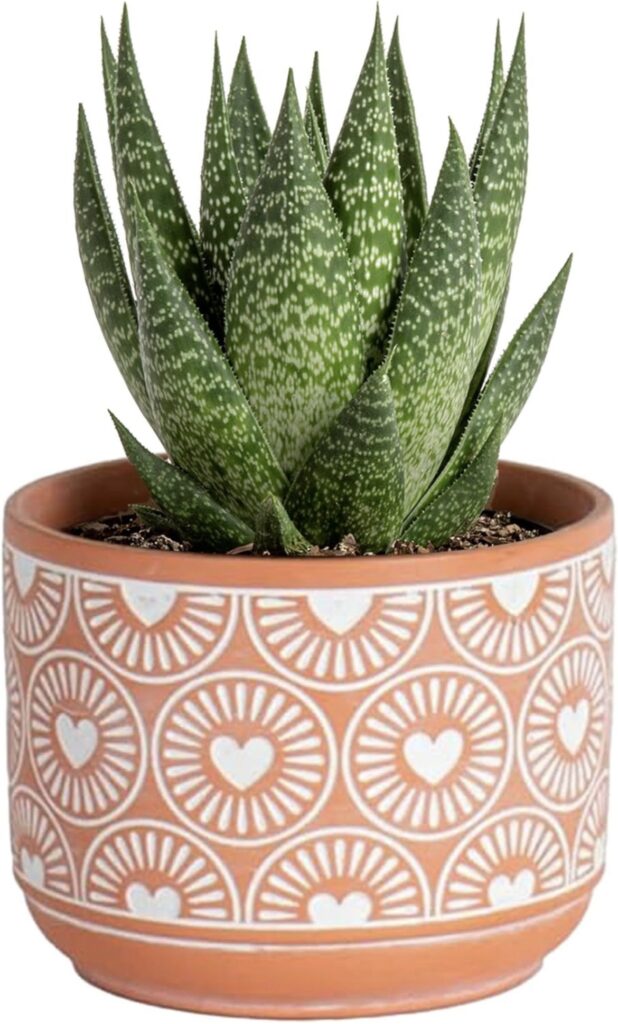
Are Succulents Safe for Your Furry Friends?
Succulents are a popular choice for indoor gardens due to their minimal care requirements and aesthetic appeal. However, pet parents might wonder, “Are all succulents safe for my furry friends?” The answer is a bit of a mixed bag. While many succulents are perfectly safe for pets, there are some notable exceptions that could pose a risk if ingested.
Safe Succulents:
- Haworthia: This small, rosette-forming plant is non-toxic to cats and dogs. Its thick, green leaves are often dotted with white, making it a visually striking addition to your home.
- Echeveria: Known for its beautiful, symmetrical rosettes of thick, fleshy leaves, Echeveria is another safe option for households with pets. They come in a variety of colors and sizes, adding a pop of color to your pet-safe plant collection.
Succulents to Avoid:
- Aloe Vera: Often praised for its medicinal properties for humans, Aloe Vera is, unfortunately, toxic to cats and dogs. Ingesting this plant can cause vomiting, diarrhea, and lethargy in pets.
- Sago Palm: While not a true succulent, it’s often grouped with them due to similar care needs. It’s extremely toxic to pets, causing symptoms ranging from vomiting to more severe effects like liver failure.
If you’re a succulent enthusiast, fear not. There are plenty of safe options to adorn your home without jeopardizing your pets’ safety. When adding new succulents to your collection, doing a quick check to ensure they’re safe for your pets can save you a lot of worries. Remember, even with non-toxic plants, it’s best to discourage pets from chewing on any plants to prevent any potential issues.
For those looking to add a touch of whimsy to their pet-safe succulent collection, consider housing them in creative planters like the Taylor Swift Head Shaped Plant Pot. Not only does it provide a unique conversation starter, but it also adds personality and charm to your indoor garden.
Creating a pet-friendly succulent garden is a wonderful way to enjoy the beauty and simplicity of these plants while ensuring the safety and well-being of your furry family members. With a little research and careful selection, you can cultivate a succulent oasis that both you and your pets will love.
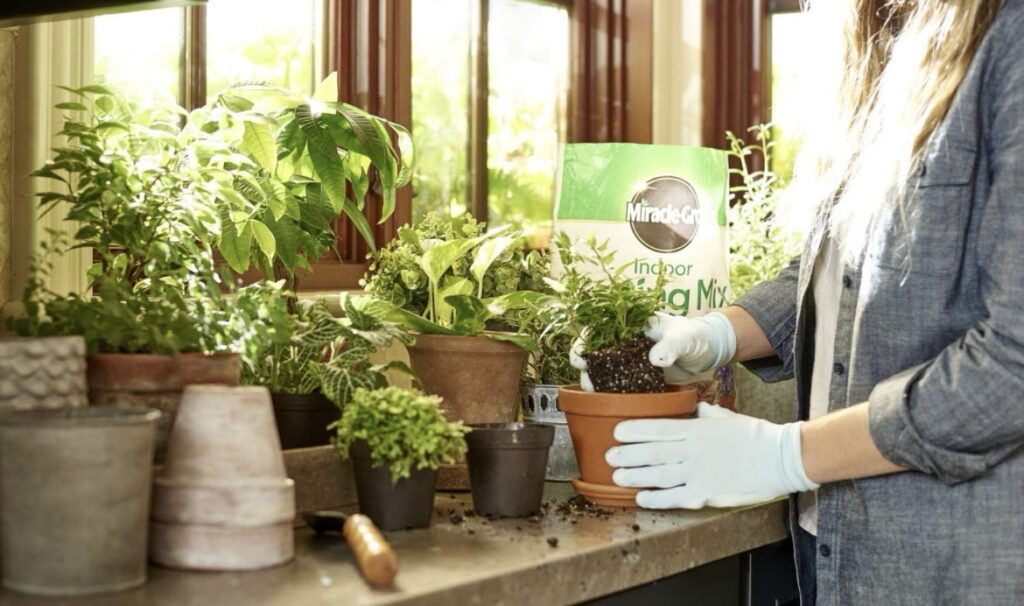
How to Nourish Your Pet-Safe Plants Without Harm?
Ensuring your pet-safe plants are not just surviving but thriving requires a bit of know-how, especially when it comes to nourishment. The good news is that keeping your green friends healthy and your pets safe doesn’t have to be a balancing act. With the right products and practices, you can achieve lush growth without exposing your pets to potential toxins.
Choosing Pet-Safe Fertilizers: Fertilizers are essential for plant health, providing the nutrients they need to grow. However, many commercial fertilizers contain chemicals that could be harmful if ingested by pets. Opt for organic, pet-safe options that nourish your plants without posing a risk to your furry friends. The Miracle-Gro Indoor Potting Mix and Plant Food Bundle is a fantastic choice, specifically designed for indoor plants. This bundle ensures your plants get the care they need in a form that’s safe for pets.
Watering Wisely: Overwatering not only harms your plants by causing root rot but can also create a breeding ground for mold and fungi, which could be harmful to pets. Ensure your planters have proper drainage and follow a watering schedule suited to each plant’s needs. Using planters with drainage holes, like the Kante Weathered Concrete Tall Planter, can help prevent overwatering while adding a stylish touch to your indoor garden.
Natural Pest Control: Pests can be a nuisance for indoor plants, and while it might be tempting to reach for chemical pesticides, these can be dangerous for pets. Explore natural pest control methods, such as neem oil or insecticidal soap, which are effective against pests but safer for pets. Always test a small area of the plant first to ensure it reacts well to the treatment.
Regular Health Checks: Keeping an eye on your plants’ health can prevent issues before they become serious. Regular checks for signs of nutrient deficiency, pest infestations, or disease can help you address problems using pet-safe methods before they escalate.
Nourishing your pet-safe plants is all about making mindful choices—from the soil and fertilizer you use to how you manage pests and water. By adopting these pet-friendly gardening practices, you can enjoy a vibrant indoor garden that’s as safe as it is lush, ensuring a healthy environment for both your plants and your pets.
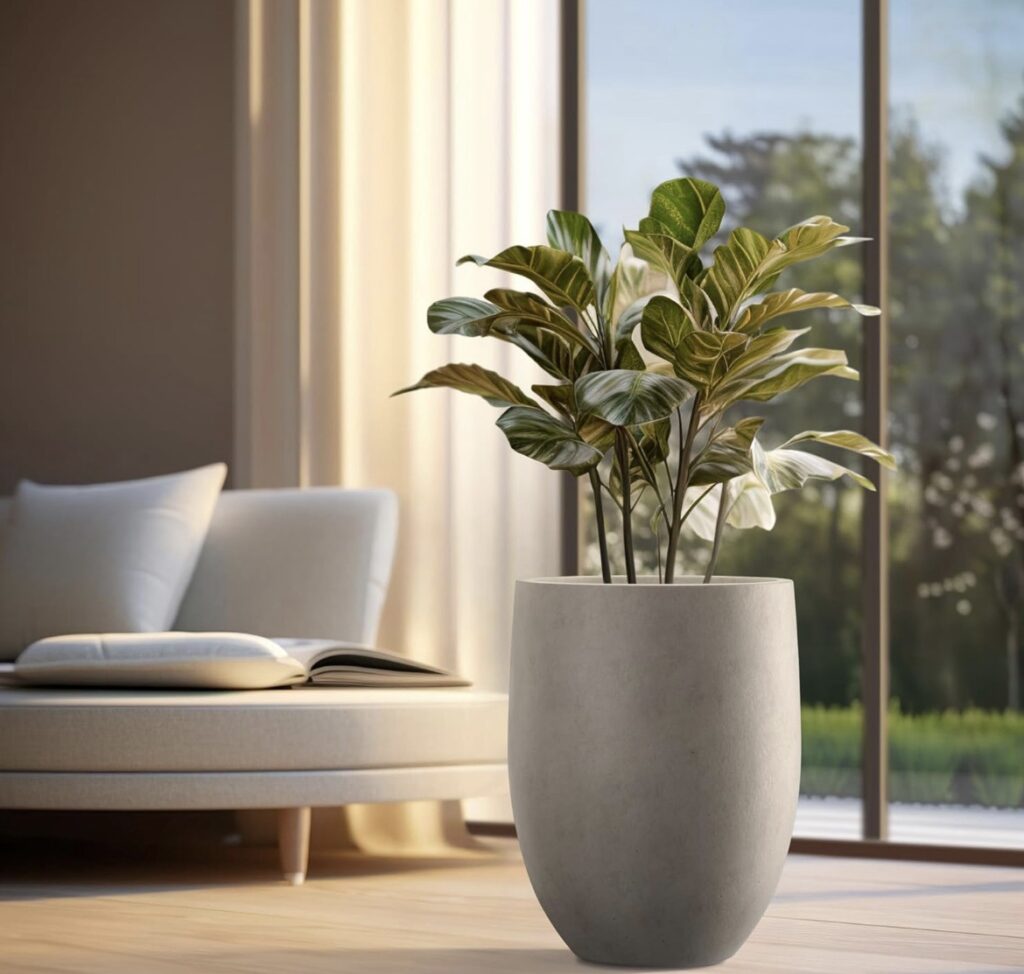
Stylish and Safe: Choosing the Right Planters
Selecting the right planters is about more than just aesthetics; it’s also about ensuring the safety and health of both your pets and plants. A well-chosen planter not only complements your home decor but also contributes to the well-being of your indoor garden. Here’s how to strike the perfect balance between stylish and safe when choosing planters for your pet-friendly plants.
Stability is Key: Pets, especially curious cats and playful dogs, can sometimes bump into or knock over planters. Choosing stable, heavy planters like the Kante Weathered Concrete Tall Planter can help prevent accidents. Its weight and design offer stability, reducing the risk of your pets tipping them over, and its drainage hole ensures your plants remain healthy by preventing water from pooling at the bottom.
Consider Non-Toxic Materials: When selecting planters, consider materials that are non-toxic and safe if your pet decides to give them a chew. Avoid planters with lead-based paints or treatments that could chip off and be ingested by pets. The Kante planter’s weathered concrete look not only adds an element of modern design to your space but also ensures safety for your nibbling companions.
Elevate Your Plants: To keep plants out of reach from pets, consider hanging planters or high plant stands. This approach adds vertical interest to your decor while keeping your green friends safely out of paw’s reach. For a creative and personalized touch,a DIY 3d printable Taylor Swift Head Shaped Plant Pot can serve as a whimsical talking point in your home, showcasing your plants in a unique way that’s also beyond the curious sniffs of your pets.
Functional Beauty: Look for planters that offer both beauty and functionality. Planters with drainage are essential for plant health, preventing overwatering and root rot. The aesthetic appeal of your planter can also enhance the overall look of your plant, turning it into a focal point in any room.
Incorporating pet-safe practices into every aspect of your indoor gardening, including the choice of planters, ensures that your lush indoor oasis is a safe, joyful space for both you and your pets. By choosing the right planters, you not only elevate your home decor but also protect the furry members of your family, making your green space a true haven for all.
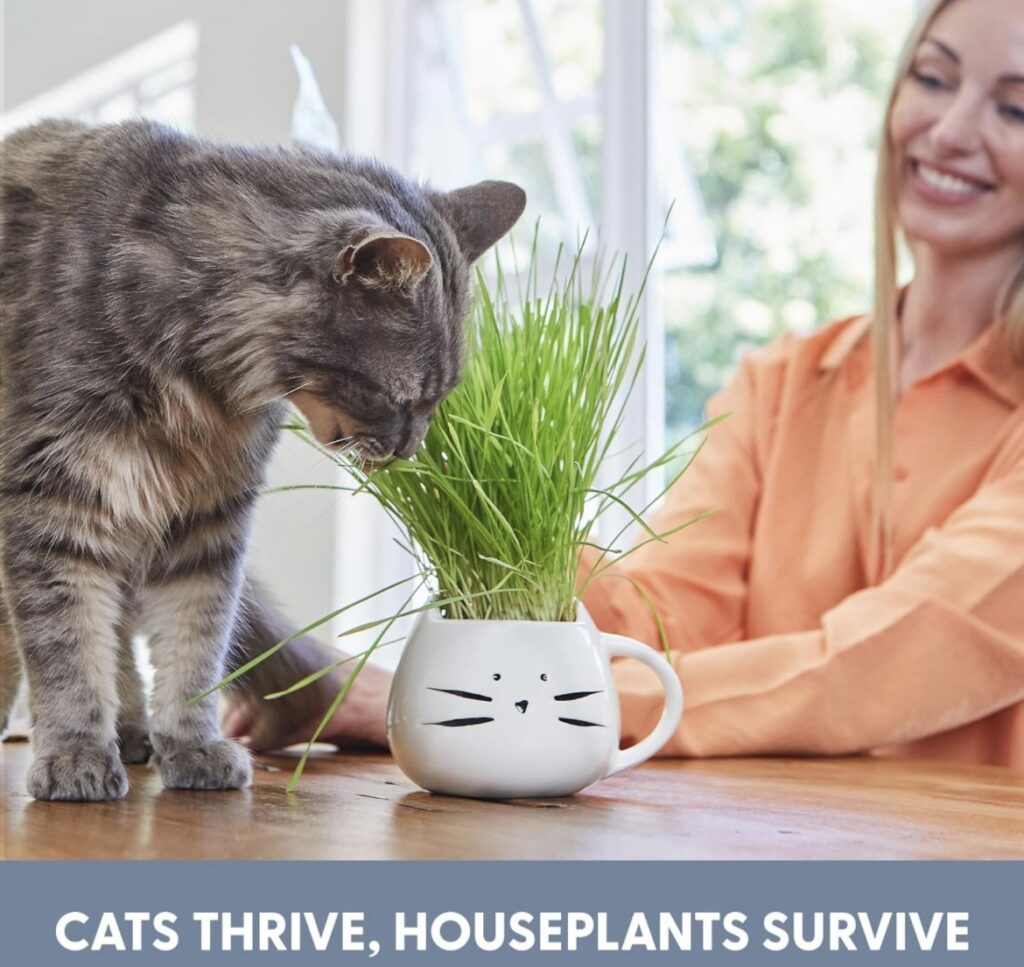
Can Plants Benefit Your Pets?
While the primary concern for pet owners is often the safety of plants around their furry friends, it’s fascinating to consider that some plants can actually benefit pets. Yes, beyond the passive benefits of purifying the air and making the environment more pleasant, certain non-toxic plants can have direct positive effects on your pets’ health and wellbeing.
Natural Enrichment: First and foremost, having plants around can be naturally enriching for pets, especially indoor cats. Plants can stimulate their curiosity and provide a more engaging environment. Watching leaves move, exploring the textures, and even the act of sniffing around plants can be a form of mental stimulation that enriches their indoor lives.
Digestive Aid: Specifically for cats, certain grasses can aid in digestion and help prevent hairballs. Growing a small pot of cat grass, like wheatgrass, provides your cat with a safe option to nibble on, which can be especially beneficial for indoor cats. The Cat Ladies Organic Cat Grass Growing kit is an excellent choice for pet owners. It includes organic seed mix and soil, plus a stylish white cat planter, making it a perfect addition to your home’s green space while serving a functional purpose for your pet.
Calming Influence: Some plants have a calming effect on pets. For instance, lavender (while not recommended for direct consumption by cats and dogs due to its potency) can have a soothing effect when its scent is in the air, potentially reducing stress and anxiety in pets. Always ensure these plants are placed out of reach, and only the gentle scent is accessible to your pets.
Nutritional Benefits: While not a replacement for their regular diet, nibbling on certain plants can provide pets with additional nutrients. For example, catnip, which is well-known for its stimulating effect on cats, can also aid in digestion.
It’s important to note, however, that while some plants can be beneficial, pets should not rely on them as a food source. Always monitor your pets’ interactions with plants and consult with your vet if you’re considering introducing any new plants into your home for the benefit of your pets.
Incorporating pet-friendly plants into your home can thus be a win-win situation. Not only do you get to enjoy the aesthetic and air-purifying benefits of having more greenery indoors, but your pets might also find joy and health benefits from them. Always ensure that any plant you bring into your home is safe for your pets and consider integrating some of these beneficial plants into your collection for a happy, healthy pet environment.

DIY Projects for Pet and Plant Lovers
For the creative souls who love both their pets and plants, there’s a world of DIY projects waiting to be explored. These projects not only enhance the beauty of your home but also cater to the safety and enjoyment of your furry friends. Here are a couple of ideas to merge your passions into fun, fulfilling activities:
1. Build a Cat Grass Garden: Why not create a dedicated space for your cat to enjoy the benefits of fresh grass indoors? Using the Cat Ladies Organic Cat Grass Growing Kit, you can design a small indoor garden that’s safe and appealing for your cat. This not only provides them with a natural digestive aid but also satisfies their instinct to nibble on greens. Plus, the included white cat planter adds a stylish touch to your indoor green space.
2. Pet-Friendly Plant Stands: Elevate your pet-safe plants with homemade plant stands that keep them out of reach of curious pets. Using materials like wood or recycled items, you can craft stands that match your home’s decor and keep your plants safe. This is especially useful for plants that are safe but might cause a mess if your pet decides to dig into the potting soil.
3. Custom Planter Boxes: For those who enjoy woodworking, crafting custom planter boxes that can be mounted on walls or hung from the ceiling offers a way to display your plants beautifully while keeping them away from pets. You can even design them with a Taylor Swift Head Shaped Plant Pot for a touch of whimsy and personalization.
4. Create a Pet Step Garden: Integrating pet steps with plant spaces can encourage your pets to explore and enjoy the greenery safely. This project, inspired by ideas like DIY Pet Steps, can help pets with mobility issues access their favorite spots while surrounded by safe plants, enriching their environment.
Embarking on DIY projects allows you to tailor your living space to the needs and safety of your pets, all while indulging your green thumb. Whether it’s building a cat grass garden or crafting unique planters, the possibilities are endless. Not only do these projects add a personal touch to your home, but they also create a more engaging and stimulating environment for your pets, enhancing their quality of life alongside your own.
Let’s Wrap Up This Article, we hope this info has been helpful for you!
Creating a home that is a sanctuary for both your plants and pets is a rewarding endeavor that blends the joys of pet ownership with the tranquility of indoor gardening. From selecting the right pet-safe plants to choosing non-toxic fertilizers and stylish, secure planters, every step you take towards building your pet-friendly indoor oasis is a step towards a harmonious living space.
Remember, the key to a successful pet-plant cohabitation lies in mindful selection and care. By choosing plants that are safe for your furry friends, like those highlighted in our top 10 list, and nourishing them with products such as the Miracle-Gro Indoor Potting Mix and Plant Food Bundle, you’re ensuring that your greenery adds to your home’s beauty and air quality without posing a risk to its more animated inhabitants.
Furthermore, engaging in DIY projects not only enhances the aesthetics of your indoor garden but also boosts the physical and mental well-being of your pets. Projects like building a cat grass garden or crafting custom planter boxes offer a fun and fulfilling way to merge your love for pets and plants in creative harmony.
Ultimately, the journey towards a pet-safe plant paradise is one of continuous learning and adaptation, filled with moments of joy and discovery. It’s about creating a living space where both your pets and plants can thrive, bringing you closer to nature and the creatures you share your home with.
So, embrace the challenge, enjoy the process, and revel in the beauty of a home that’s green, vibrant, and safe for all its residents. Your furry friends and your leafy companions will thank you for it, and your home will be all the richer for your efforts.
As an Amazon Associate we earn from qualifying purchases through some links in our articles.

